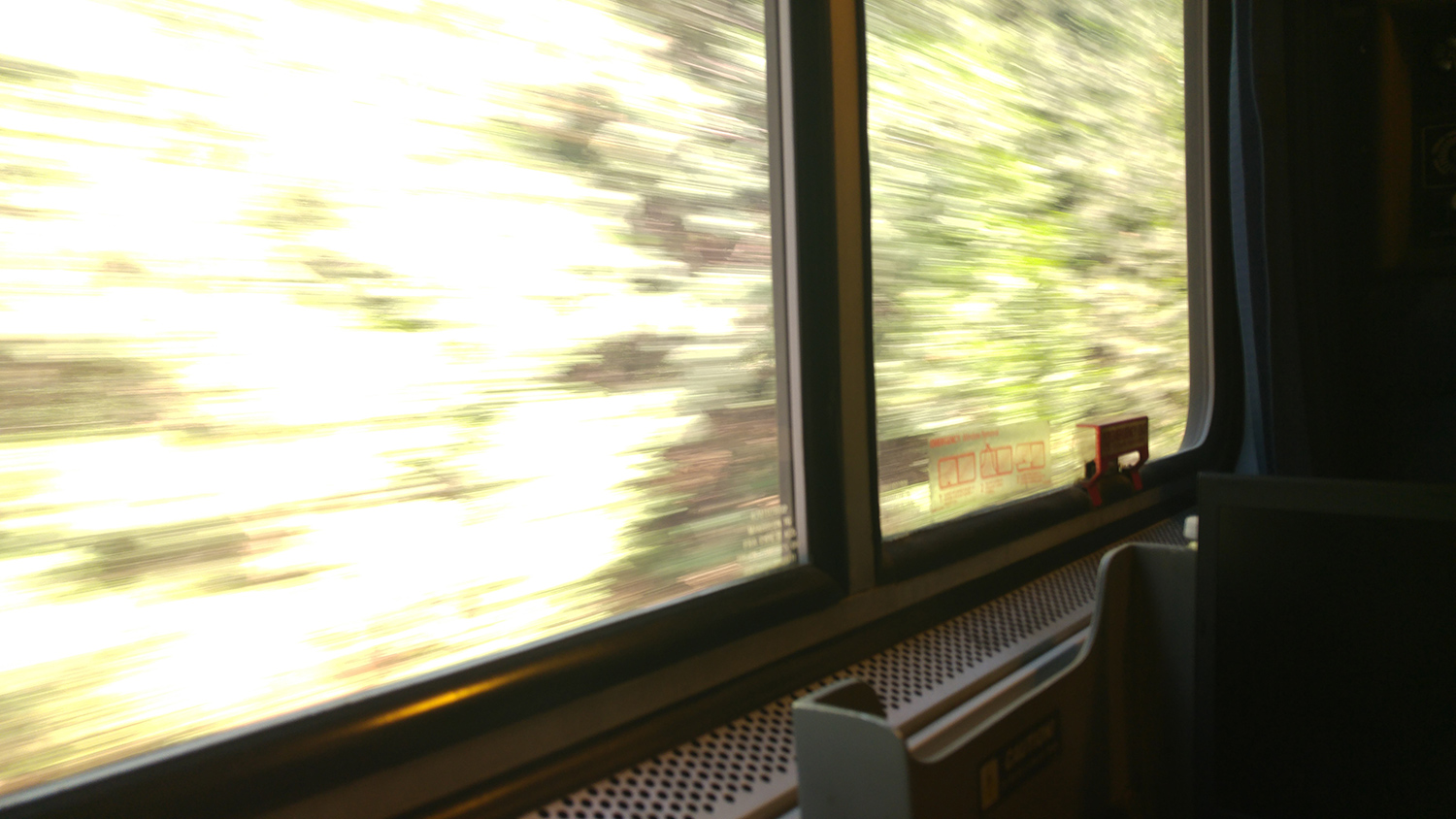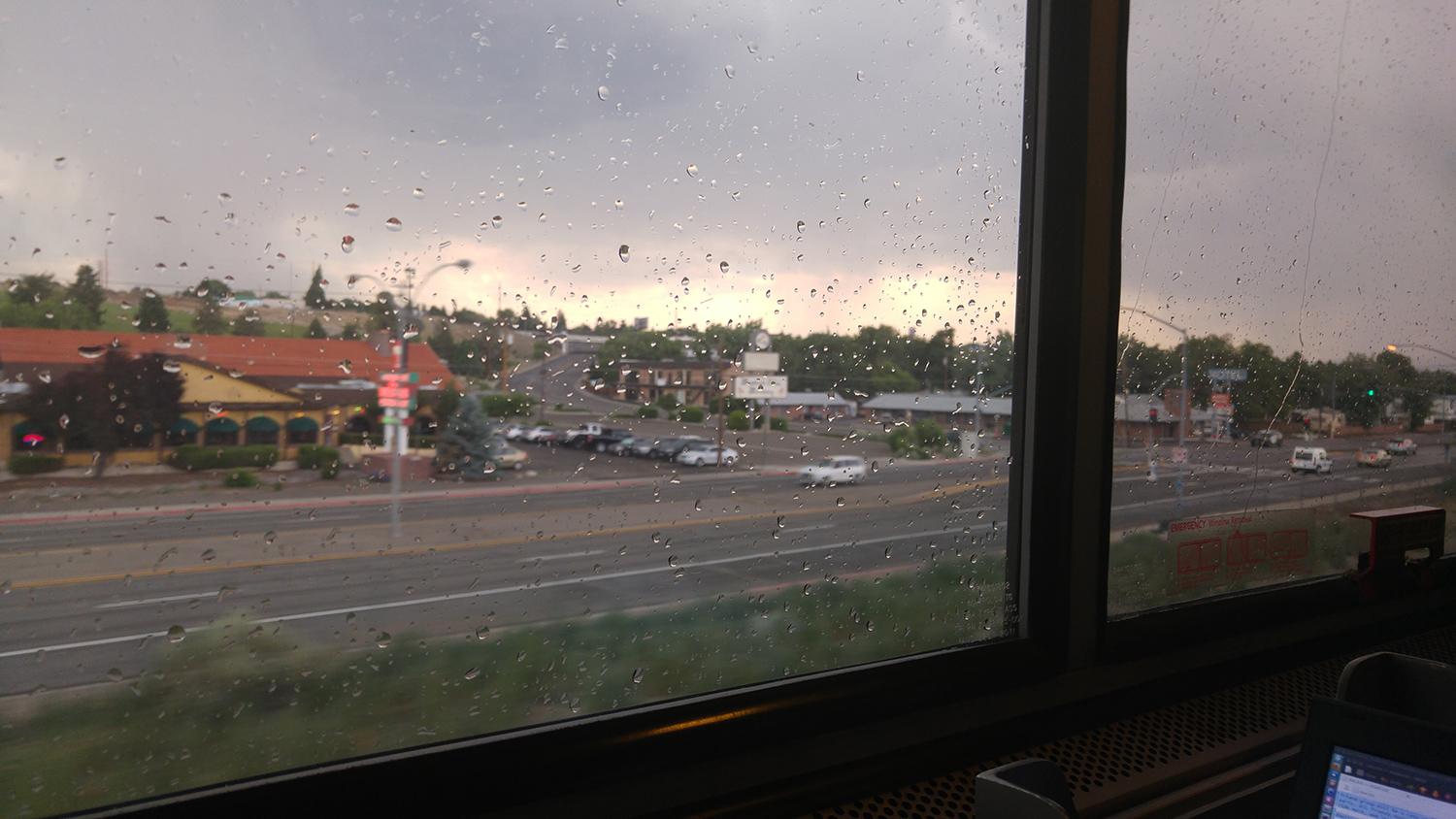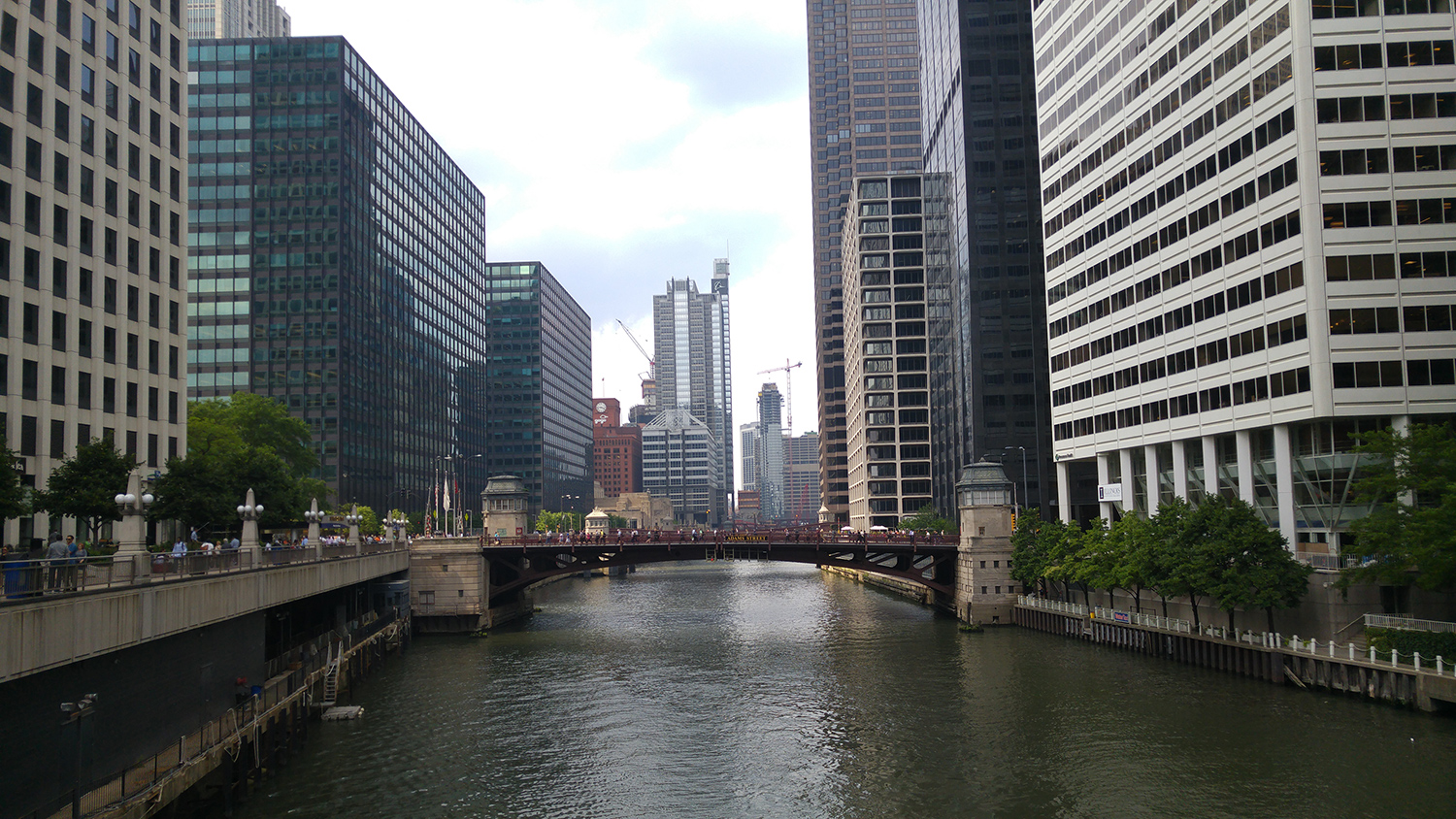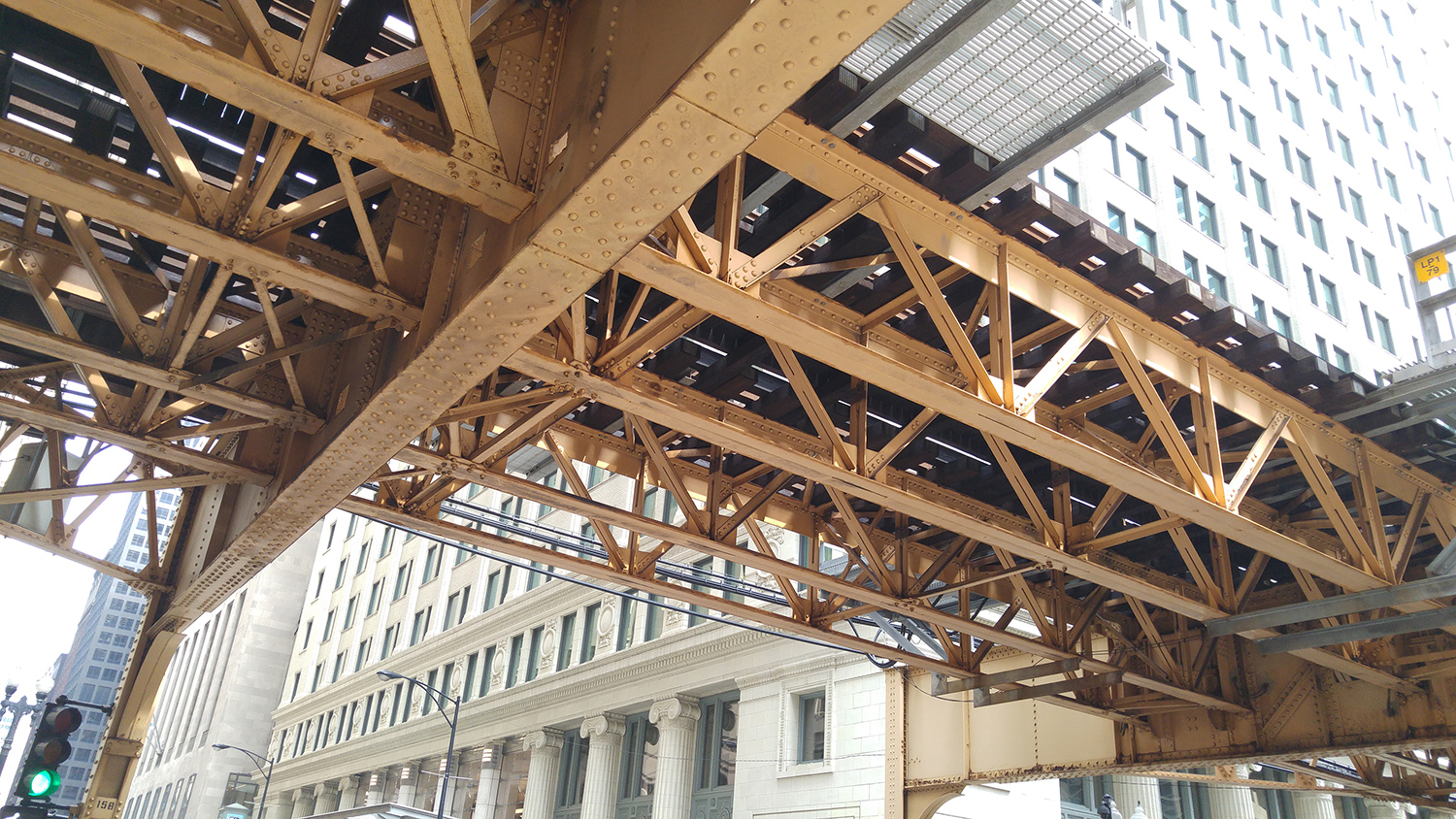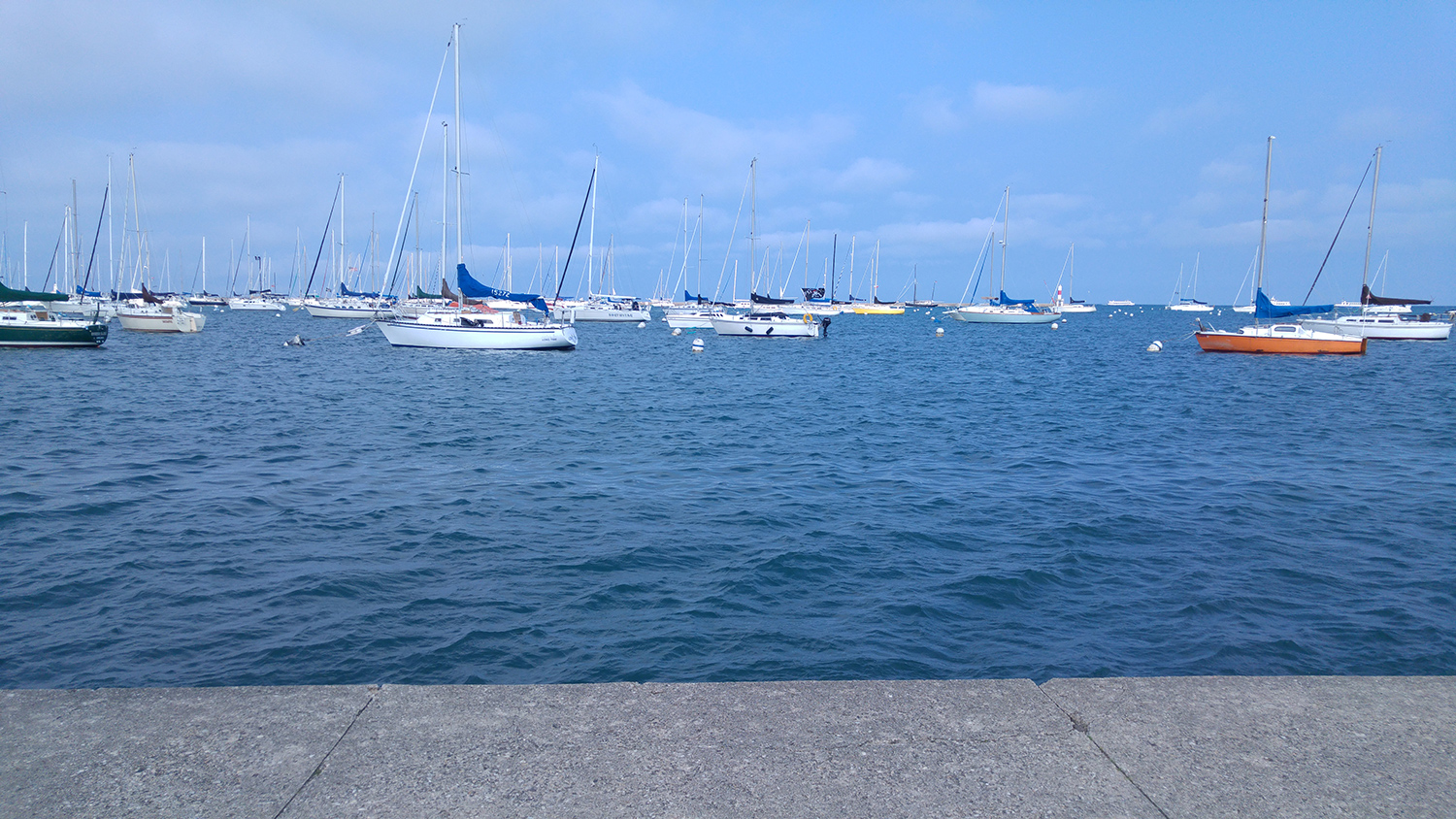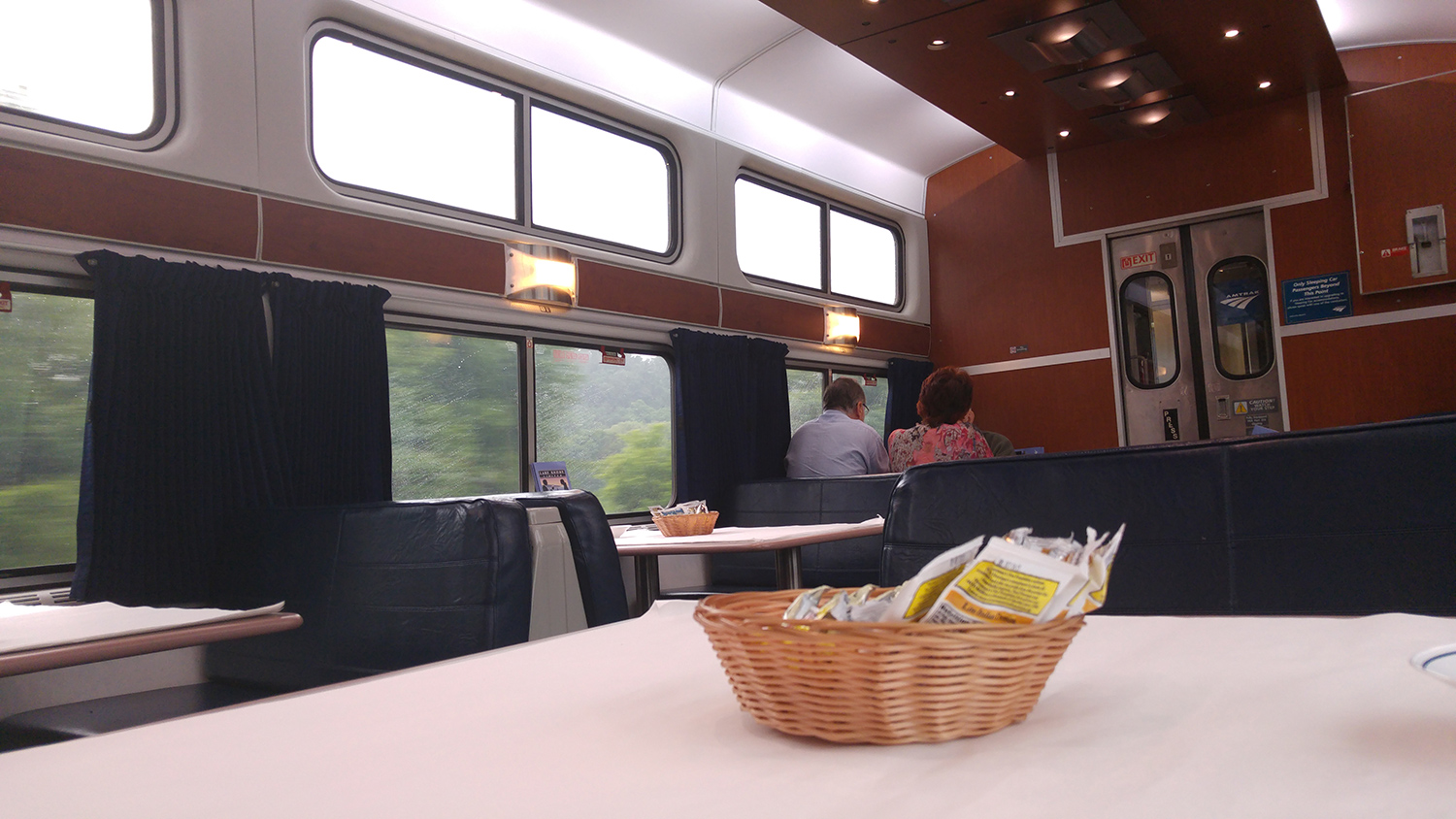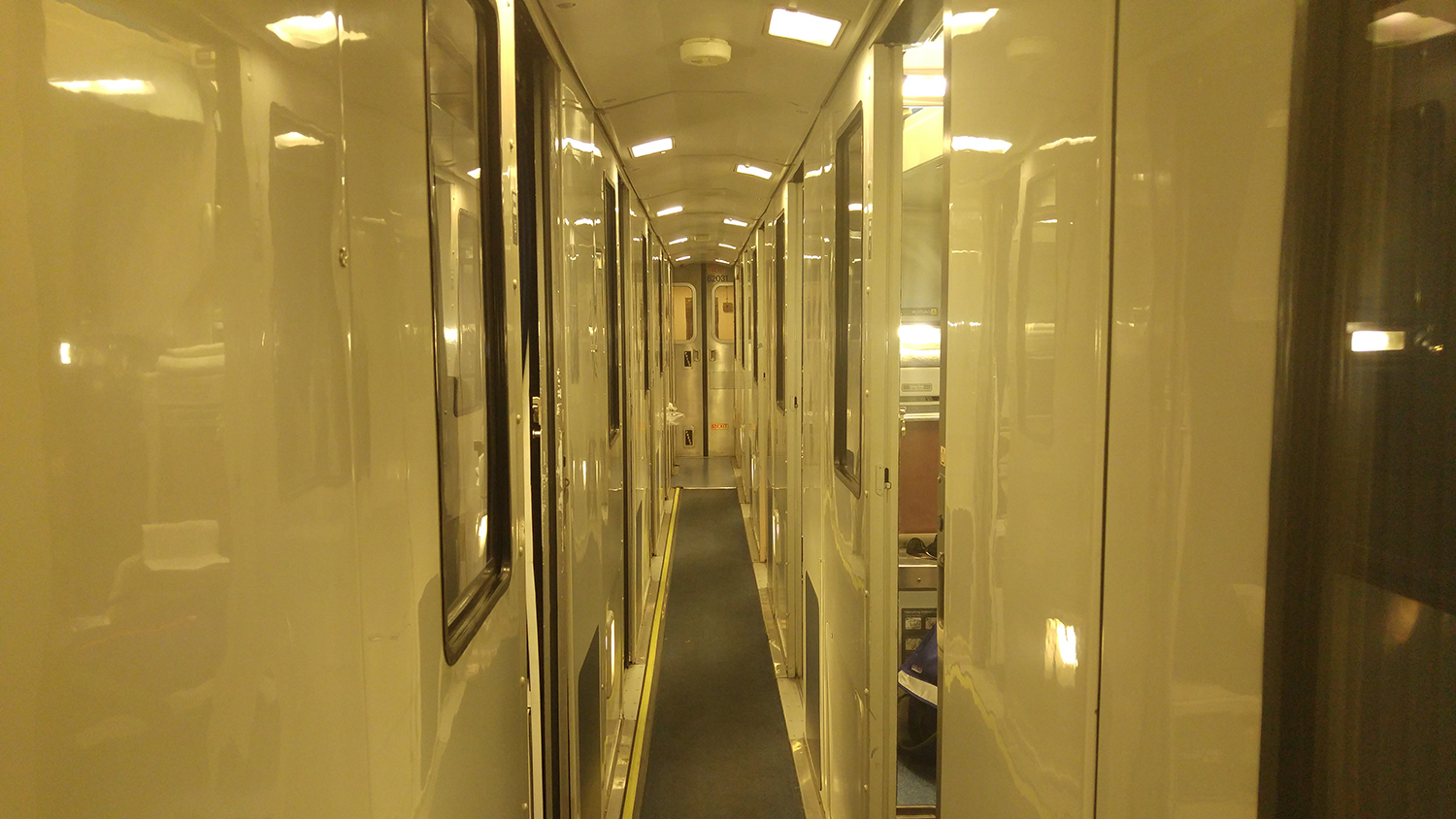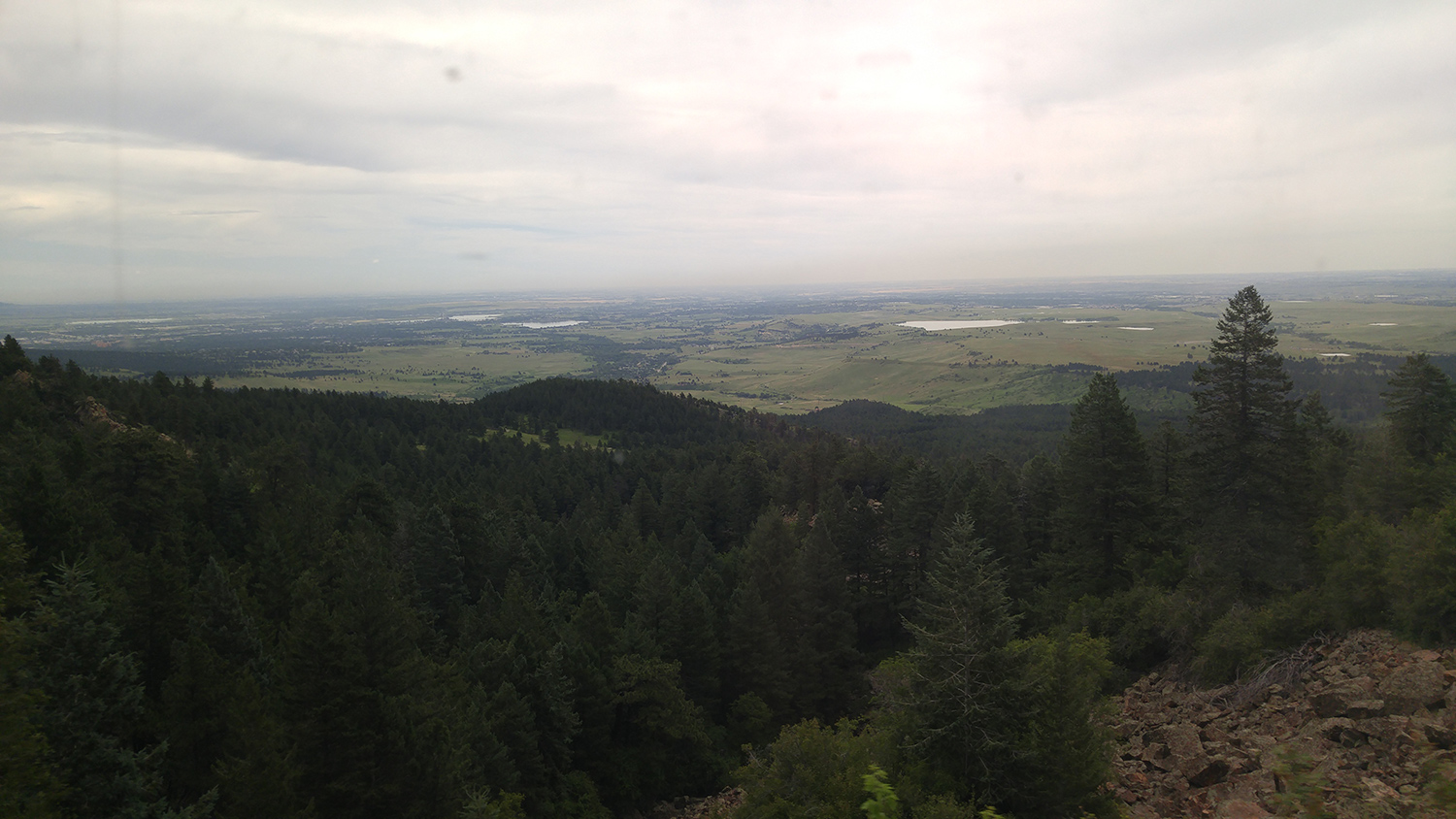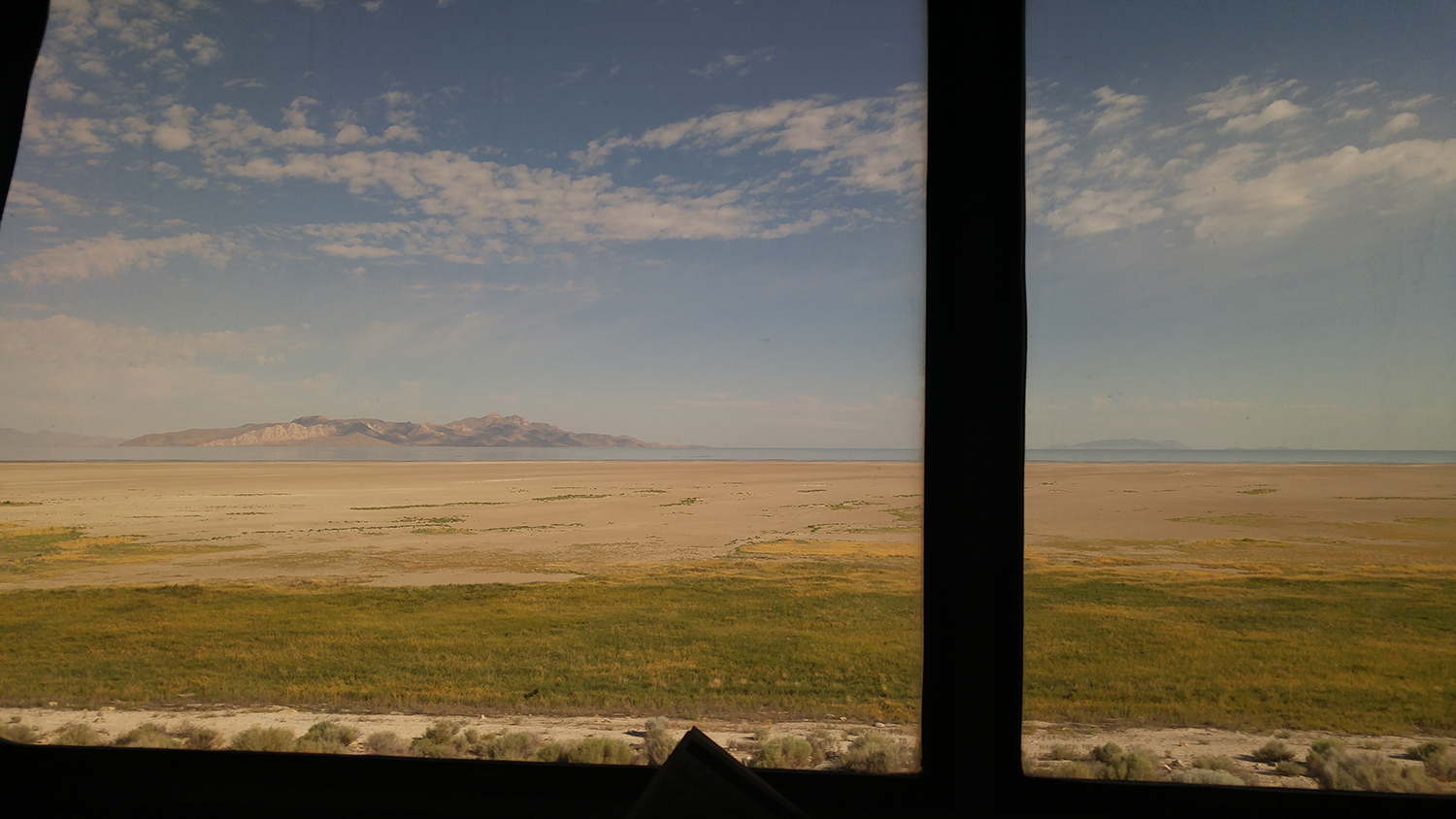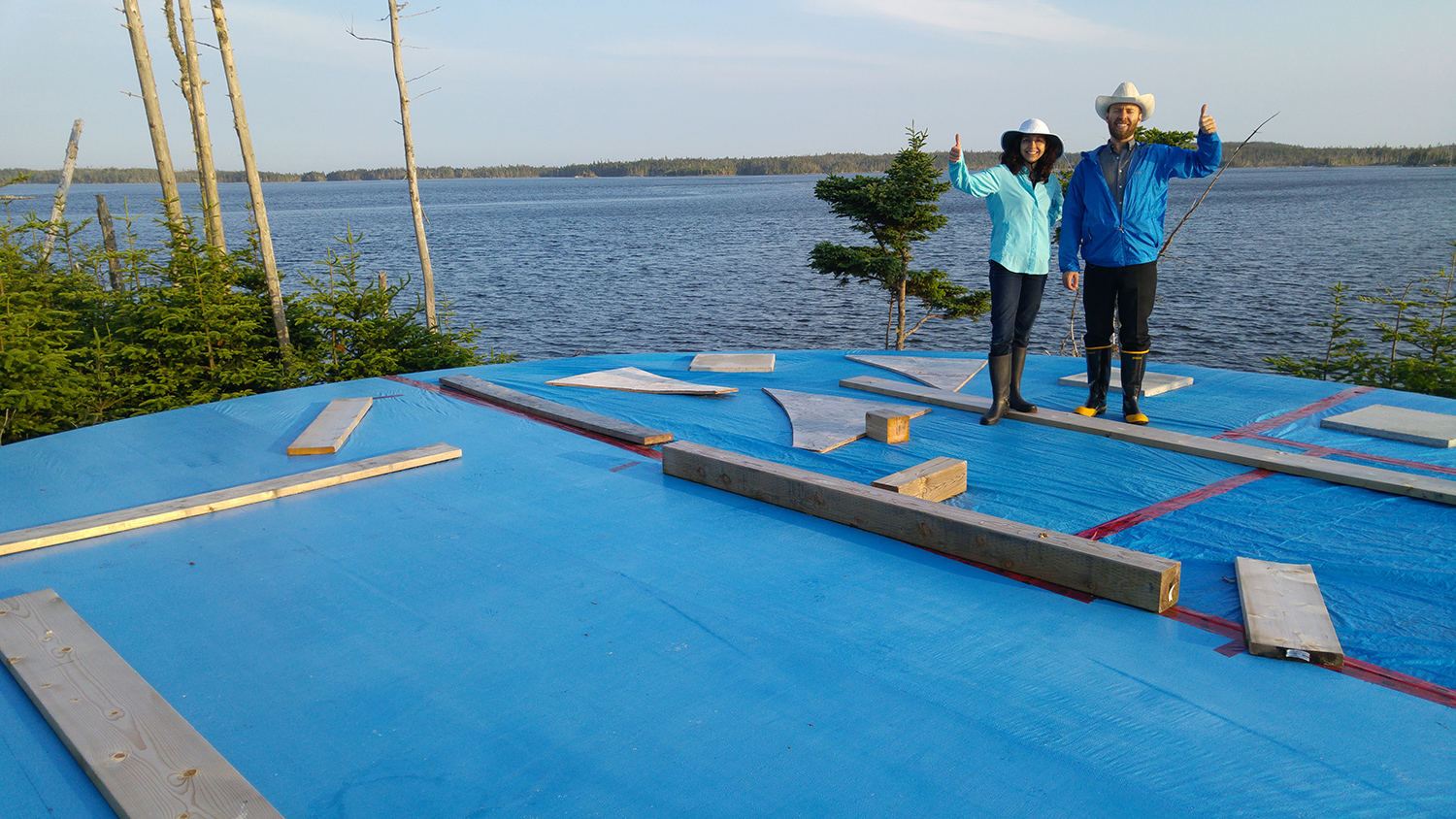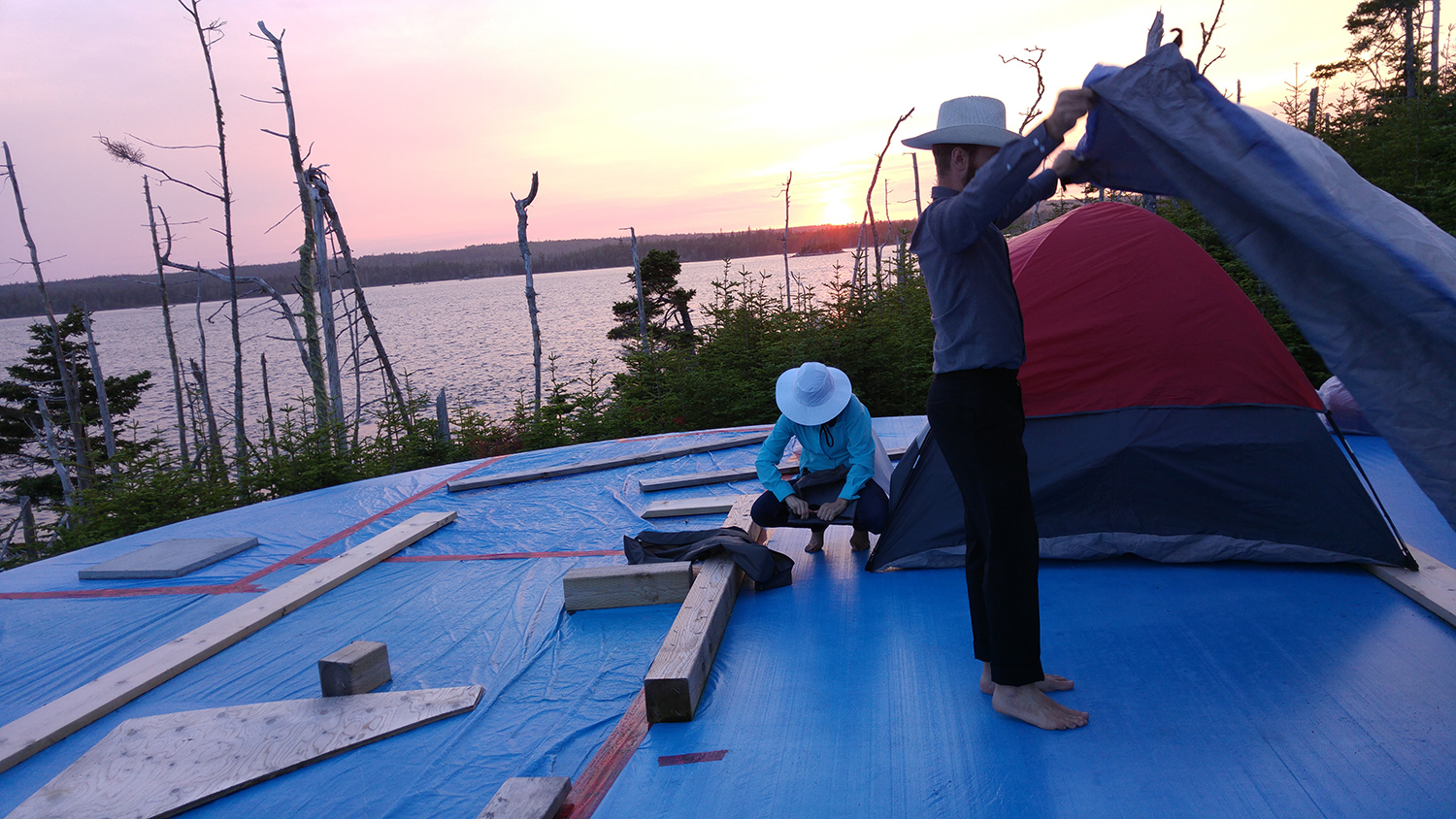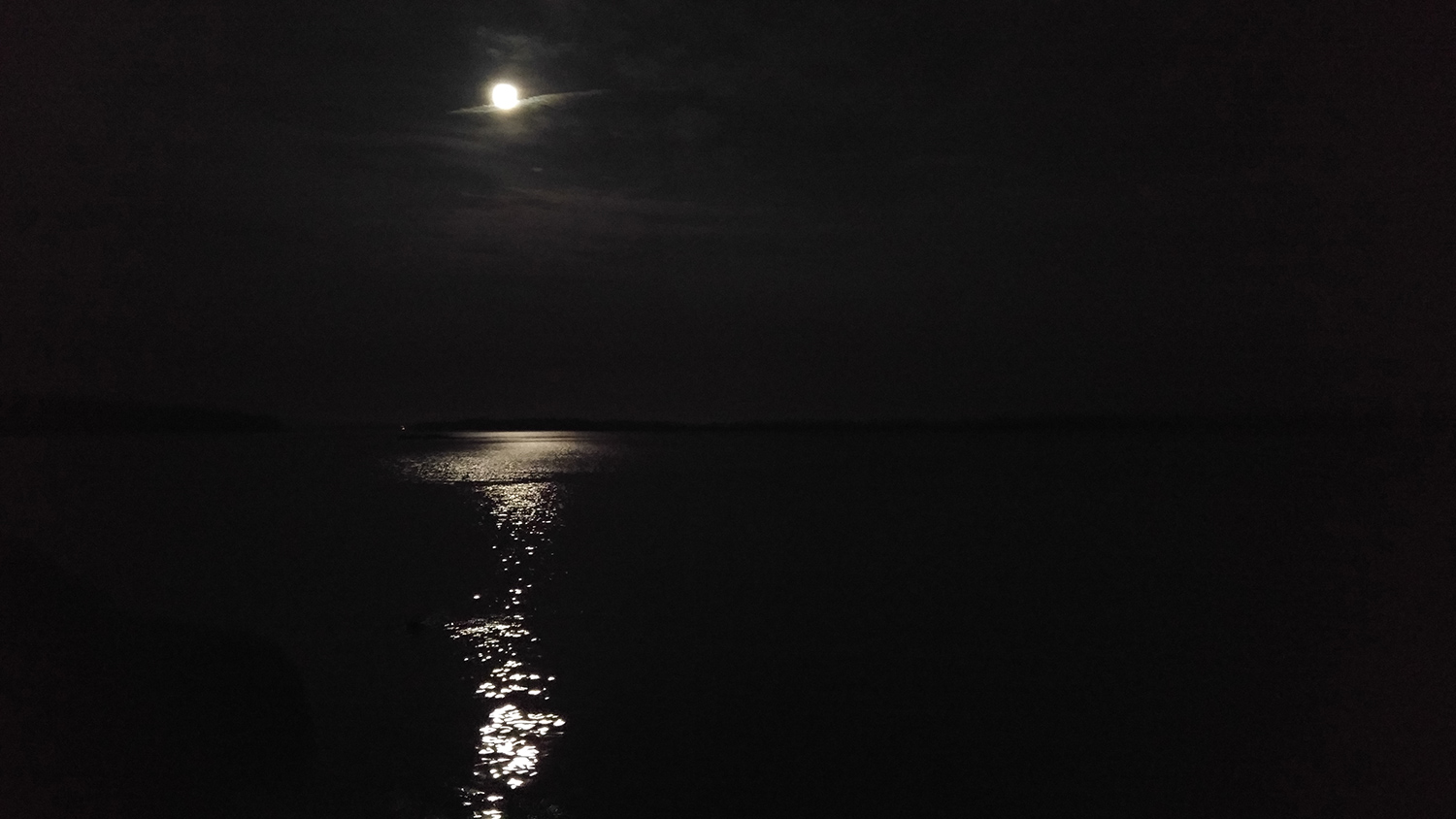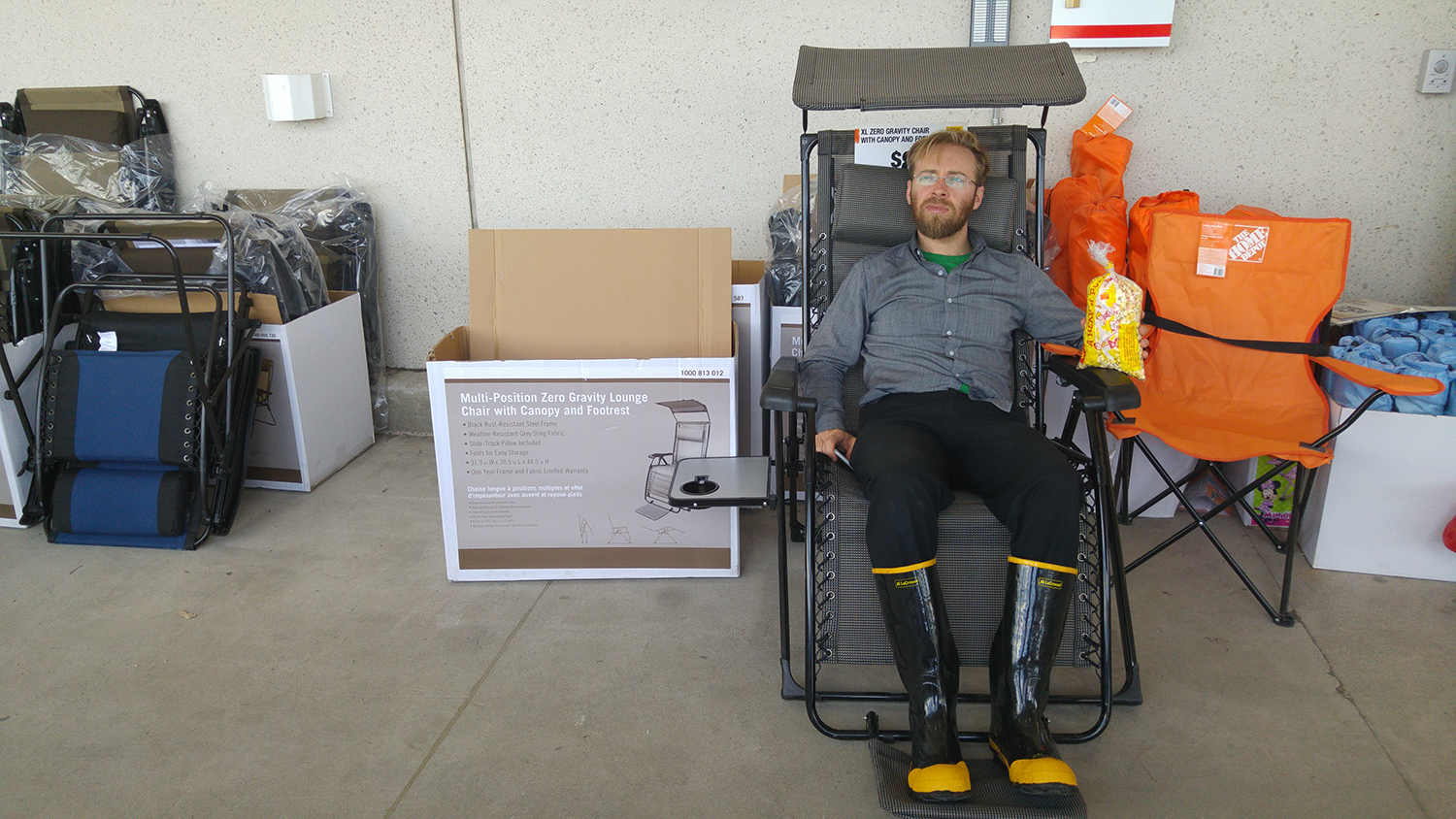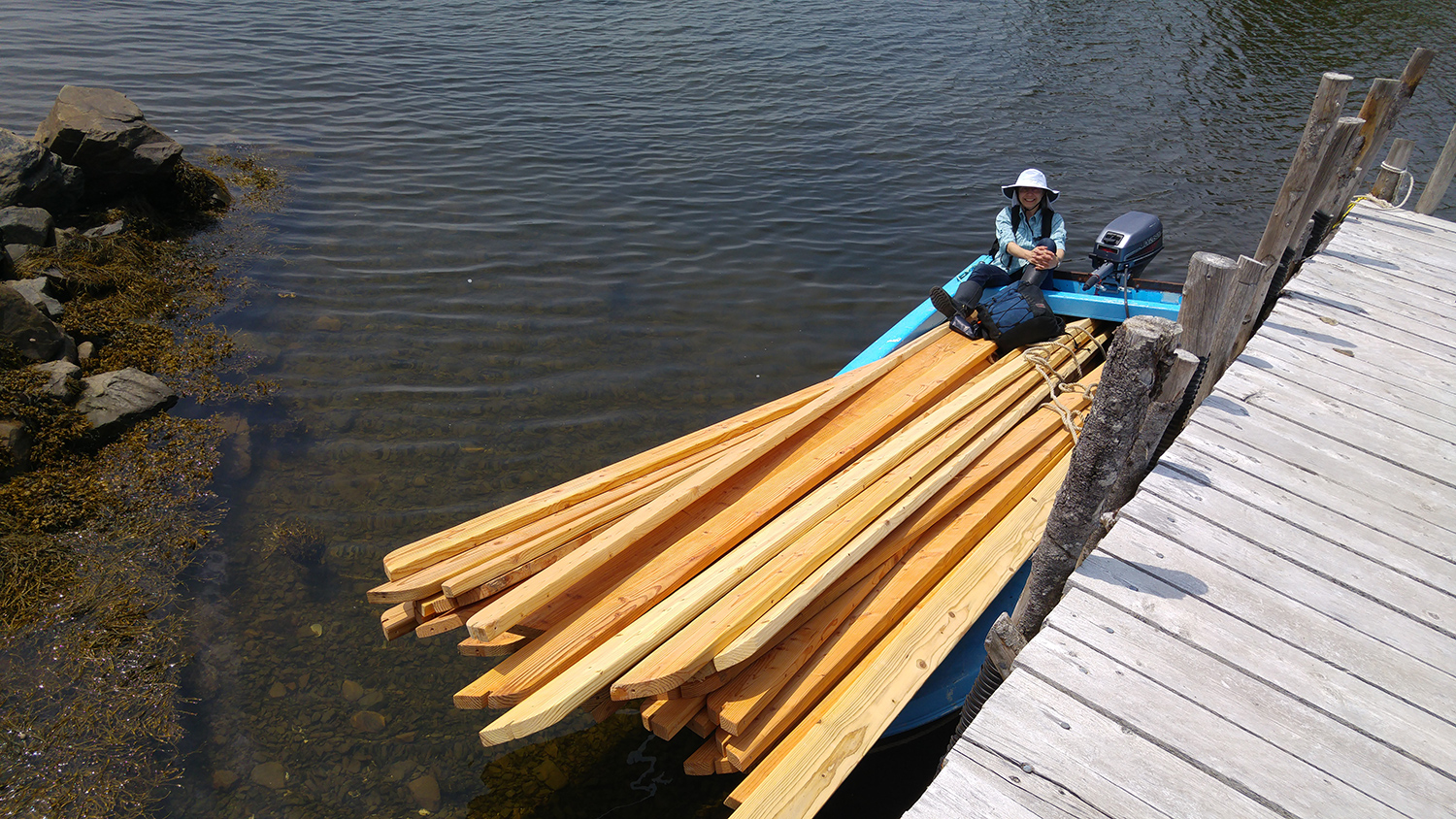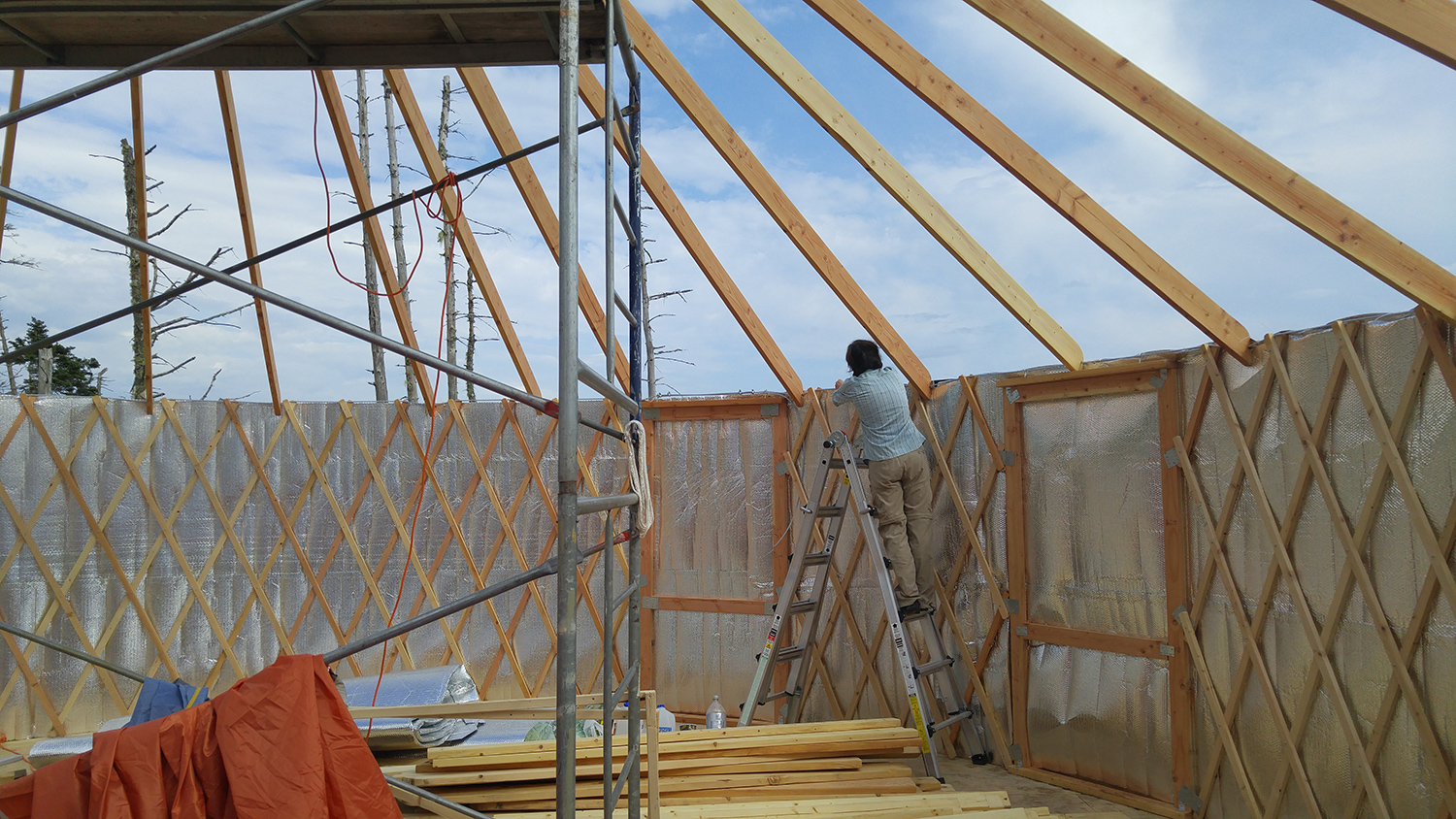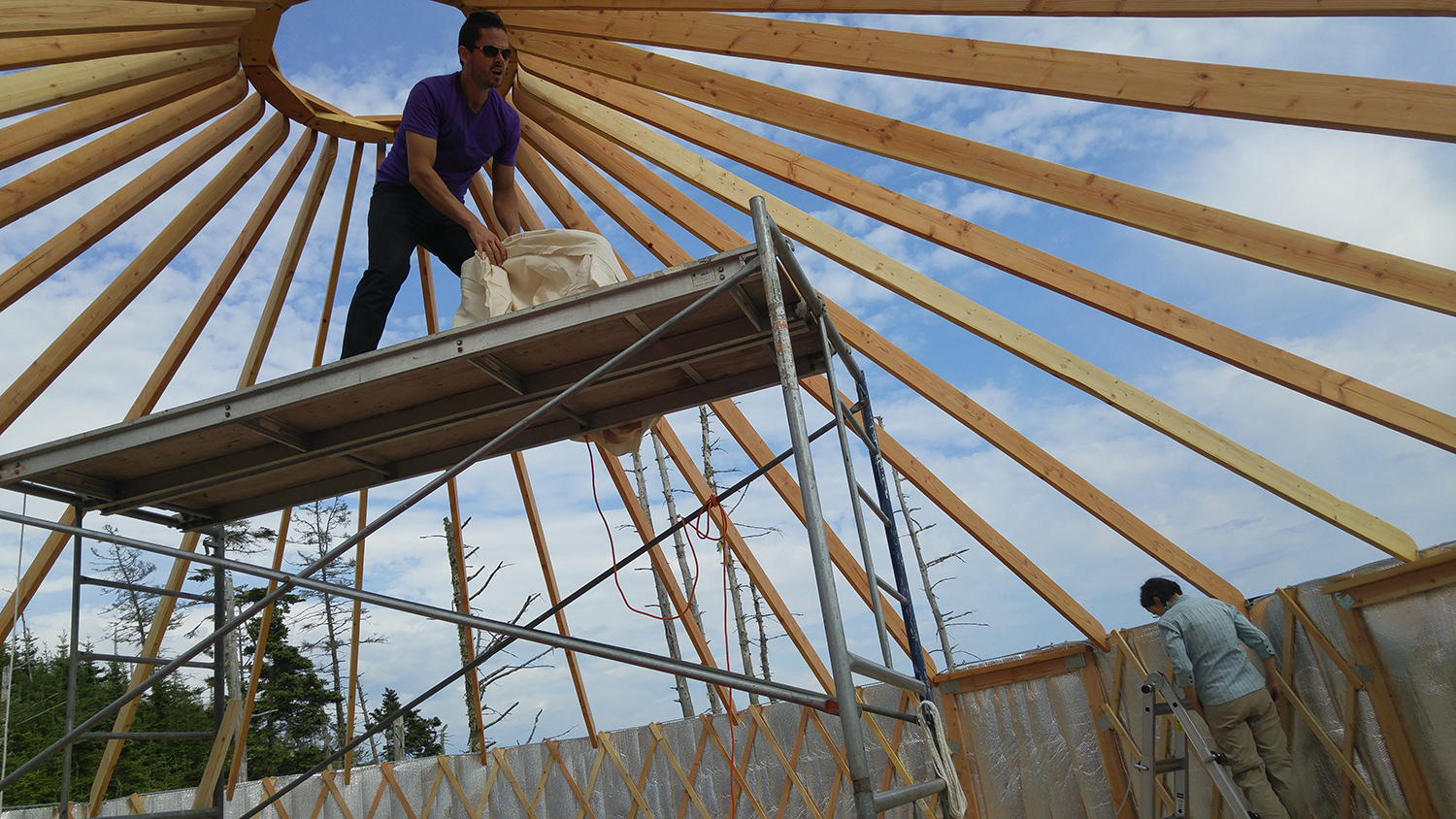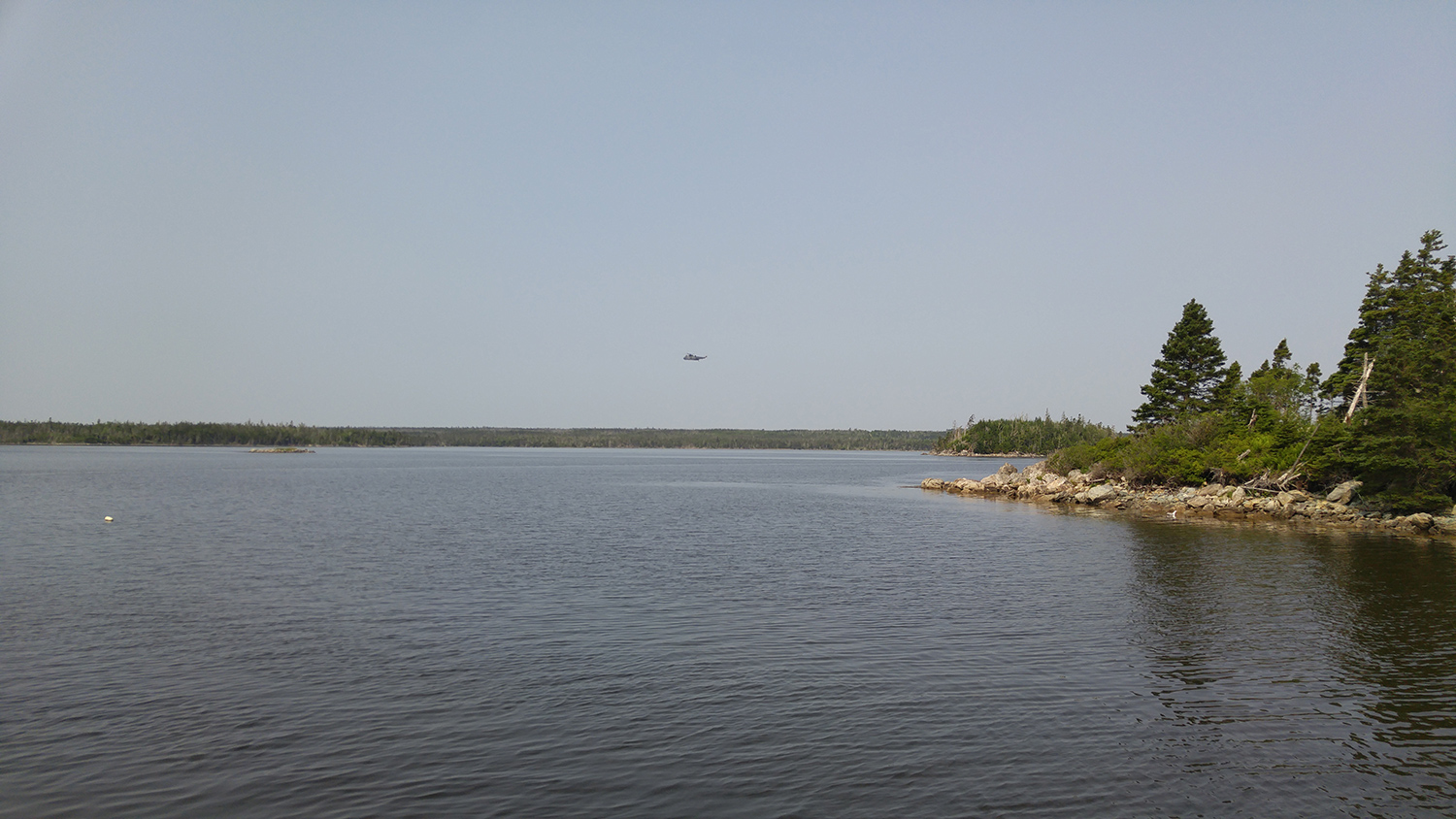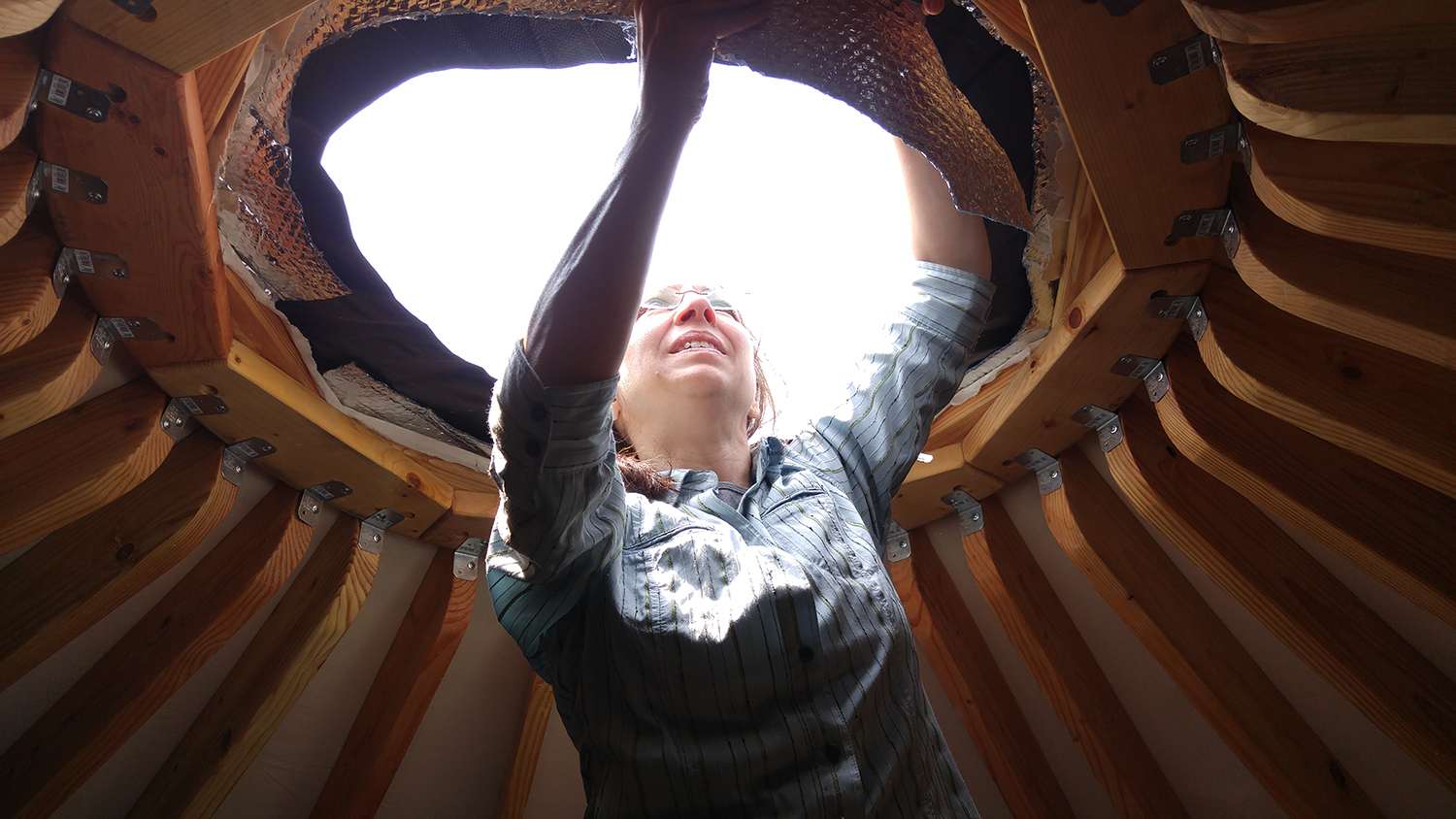
“This is the first phone I’ve ever had that has made me feel like I don’t need to carry a separate camera anymore.”
Guest contributor Tynan runs a popular blog where he writes about adventures like living in an RV, gambling professionally, and buying an island without a trust fund. He also happens to be one of the most discerning minimalists we know, so we gave him an LG G4 to get an adventurer’s take.
Because of my reputation as a geek who doesn’t stay in the same place for very long, Digital Trends recently sent me an LG G4 to put through the wringer. The timing couldn’t have been better — I was about to leave on a rather unusual two-week trip that would drag me across the country while I lived out of a backpack, and my G3 was beginning to feel a little dated.
Earlier in the year, Amtrak chose me as one of 24 writers to take a journey in a sleeper car anywhere in the country as part of its Residency program, using the trip as a backdrop to get some inspired writing done. I decided to ride the rails from San Francisco toward Halifax, Canada, where I had a mission.
Two years ago, nine friends and I pooled our money and bought a small island off the coast of Halifax. It was completely undeveloped, but we had chipped away at the dense population of balsam firs to build some trails and to clear a 30-foot wide circle near the shore. Finally, after a year of construction and shipping, our yurt was being delivered to a storage facility in Halifax. I had to get up there to set up the yurt before winter came.
So my first trip with my new phone was a strange one: three days from San Francisco to Boston by rail, a ten-hour road trip to Halifax, a week on a very primitive island, the return road trip, and then another long train ride home.
Big picture, big sound
Despite being a minimalist, I love big screens. Before the LG G3, I had a Sony Xperia Z Ultra. I bought it because it was waterproof, but was initially embarrassed to whip out a phone with a 6.4-inch screen. I got used to it, though, and came to really love such a large screen. The G3 and G4, with their 5.5-inch screens are the absolute minimum size I consider usable.
This may be the first time a phone speaker’s sound quality has ever impressed me.
The G3 screen always looked washed out, but I find that I adapt to things like that quickly. It looked bad when compared to another phone, but in isolation it worked perfectly fine. The G4 very clearly has a much better screen, especially in comparison.
I’ve been a high-resolution fanatic since way before anyone else cared. I had a 1080p laptop screen back in 2007 when only one or two laptops featured it. However, I’m not convinced the LG’s resolution of 2,560 x 1,440 is any better than 1080p. I love the crispness, especially in photos, but other than the short clip that comes preloaded on the G4, I never watch video at that resolution. If it afforded me even an extra hour of battery life per day, I’d trade for 1080p.
As I boarded my first train, I was eager to begin writing as soon as possible. Sometimes it’s easy to get in a flow state, other times it’s challenging, so I didn’t want to waste any time. I organized my stuff in the small compartment, pulled out the laptop, and began to write. The boarding process was noisy, though, and I could hear muffled announcements coming from the hallway speakers.
To help me focus, I played Bach Cello Suites through the tiny speaker of the G4, and was immediately stunned at the quality. It, of course, is no match for any real speaker system, but I was impressed with the fidelity and volume from a device this size. Even the notes at the lower end of the cello’s range were accurately reproduced. This may be the first time a phone speaker’s sound quality has ever impressed me.
Without Wi-Fi on the train, the phone’s hotspot capability also served as my lifeline to the outside. Android’s built-in hotspot has never given me problems, and the G4 was no exception. I did feel like it used far less battery than I’m used to, but I’m not sure whether to credit the G4, Lollipop, or just the placebo effect of a new phone.
A camera to make you abandon cameras
For years, the Sony RX100 series has been my compromise camera. I use my travel photos as headers for blog posts, which makes puts my quality requirements somewhere in the middle range. Large mirrorless cameras and DSLRs are overkill, but my previous attempts to use my phone camera had been met with complaints from readers. The Xperia Z Ultra was nowhere near good enough, the Note 3 wasn’t quite there either, and I was discouraged by the time I got the G3.
As I traveled by train, though, I found myself constantly reaching for the G4 instead of the Sony RX100 M3 that was also in my bag. Part of it was the novelty of trying out a new phone, but I felt on a practical level that the images were no worse than the Sony. That’s not to say that they were of equal optic quality, only that both were above the bar of being able to take good photos. Add in the convenience of having the photos accessible on a phone where I could show other people and share online, and the G4 saw more action than the Sony.
The two real standouts of the camera are the manual controls and the optical image stabilization. Being able to take handheld shots down to 1/8 or 1/4 means that you can execute motion blur effects usually reserved for faster lenses. It also means that you can take very passable night shots with it.
There are a million different ways you can evaluate a camera, but I’ll say this: This is the first phone I’ve ever had that has made me feel like I don’t need to carry a separate camera anymore.
Canadian castaway
We made it to Boston a day late due to flooded tracks in Nebraska. Some passengers grumbled about this, but I was rather happy to have an extra day on the train. I met my aunt in Boston, and after a quick eight hours of sleep, we began our ten-hour drive to Halifax.
As we got closer and our arrival time became more concrete, I used the Global Tide app to anticipate boating conditions. Getting to the island at high tide is very easy, but it can be a challenge at low tide. We got there somewhere in the middle, which meant that we had to push our 600-pound boat over 30 feet of rocks or so to get it into the water.
In the process of getting the boat in the water, and then later pulling it back out, you’re bound to get a little bit wet. Previous trips have seemed to frequently coincide with hurricanes, which have gotten us very wet. That was part of the reason I had previously chosen the Xperia Z Ultra. Despite my best efforts, the G4 did take a few saltwater splashes here and there, and they didn’t seem to affect it. I do wish that it was waterproof, though. That’s probably my biggest feature wish on any modern phone.
When we bought the island, we were absolutely delighted to find that it had excellent cell service on it. T-Mobile allows free roaming in foreign countries, so I’m used to being able to use my phone the entire time. This trip was no exception, but I noticed that it had much better reception than on previous trips. I’m not sure if the G4 has better antennae or radios, or if a new tower has gone up nearby.
We have headlamps on the island, but it seems as though phones are always closer at hand. The best thing about the new dual-flash is that it makes for a very bright flashlight. I used to always pack a nice compact LED flashlight in my bag, but with a light this bright, I don’t have to anymore.
Our yurt was delivered a day late, so our already-cramped three-day schedule was compressed into two. We worked from dawn to dusk building the yurt, often not stopping for food. Usually I would document our work on the island with my RX100 M3, but my pockets were too full of screws and nails to hold it, and I rarely had the spare time to go grab it. As a result, most of my photos were taken with the G4.
When I got home, I imported my photos from the G4 and the RX100 for both the train ride and the island trip. Once they were in the same album, I couldn’t tell which were taken with which camera, even upon close inspection. The only obvious ones were those in which I had used the Sony’s zoom.
A phone at home on the road
The G4 has remained my daily driver since the trip, and I continue to be happy with it, especially now that it’s rooted and can run Xposed Launcher for customization. I have a few wishes, like a waterproof rating, but overall it’s great. It’s on par with other flagships in every regard, except that its camera is exceptional. It may not be the best at every aspect of mobile photography, but unlike other comparable phones, it has no weaknesses. Being able to travel around without a separate camera makes it a winner in my book.
AT&T | Verizon | T-Mobile | Best Buy | Amazon

